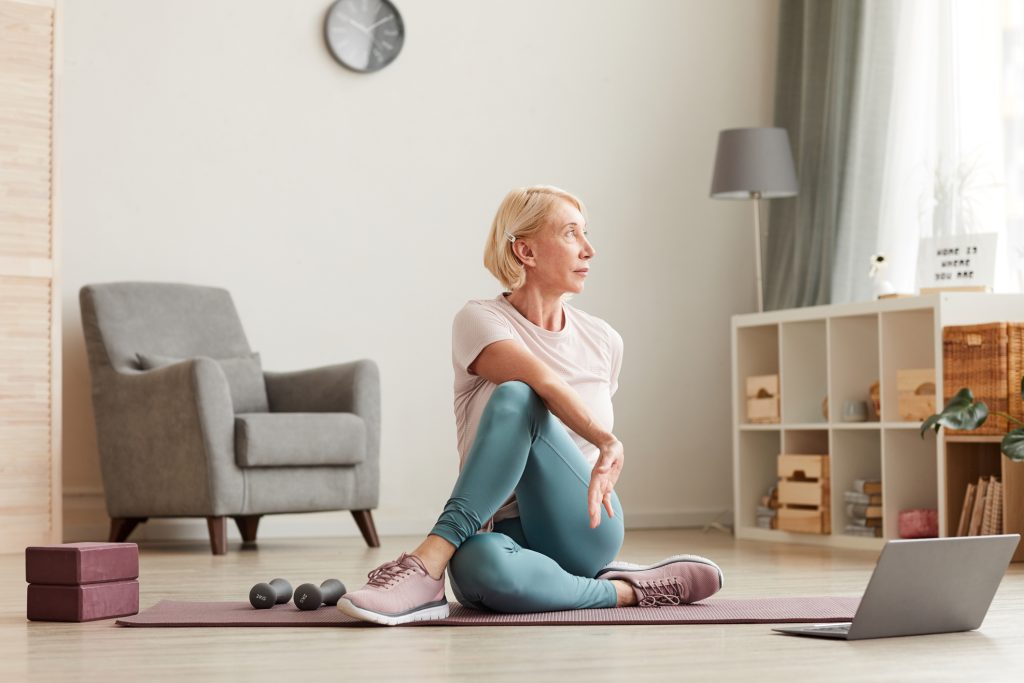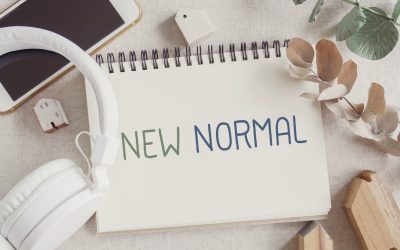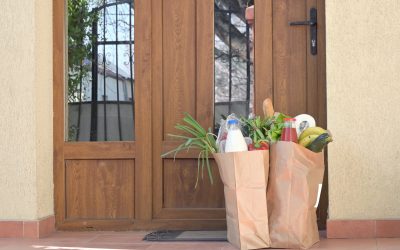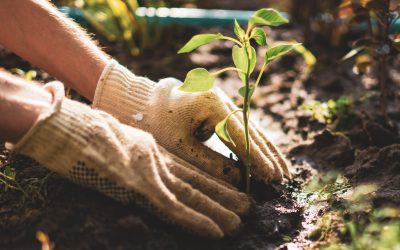
You don’t necessarily have to spend a fortune to create a home gym if your gym is closed. We might think it’s too late to get back into shape by the time we’re retired or pointless to carve out time for physical activity, but this isn’t true. Incorporating more physical activity into your day could be a good way to spend your free time in retirement or during the coronavirus shutdown. For starters, regular exercise could help you stay active for longer and combat heart disease, diabetes, and high blood pressure.[1] Exercise may even help with conditions like Alzheimer’s and dementia.[2] Here are at home work-outs.
Replace Gym Equipment with Things in Your Home
There are simple things you can do to make working out at home easier. One is by finding creative ways to replace gym equipment with things in your home. Soup cans, gallons of milk, and bowling balls can be used as weights. You might invest in a yoga mat if you’re going to be on the floor, or you might buy yourself a new pair of sneakers to help motivate yourself. Home workouts are another trend sweeping the nation during self-isolation.
Stretches
Or forget the equipment. You don’t actually need anything besides your body to work out. If you’re looking for inspiration to get started, you might try watching a video on how to stretch or an online yoga class. It’s important to stretch before working out. Stretching helps warm up muscles and cool them down slowly, reducing the chance of injury. It’s also helpful for reducing soreness and stiffness and maintaining flexibility. Activities like yoga and Pilates focus on stretching and flexibility. Stretching can also allow you to take note of how your muscles feel and find any pain points, as well as limitations.
Balance Exercises
Improving your balance now may help to prevent falls when you’re older.[3] There are a few simple exercises you can do anywhere to practice your balance. One is standing on one leg – this sounds easy, but it’s surprisingly hard to do for 30 seconds. Another is to pretend you’re on a tightrope and walk heel-to-toe in a straight line while holding your arms straight out to the side. Looking at a fixed spot in front of you can help you balance.
Let us focus on your financial well-being while you focus on your physical well-being. Retirement can be a time to focus on yourself, so take time to plan for the next 30 plus years of your life. We offer complimentary reviews so you can meet us and start the conversation about your retirement goals.



